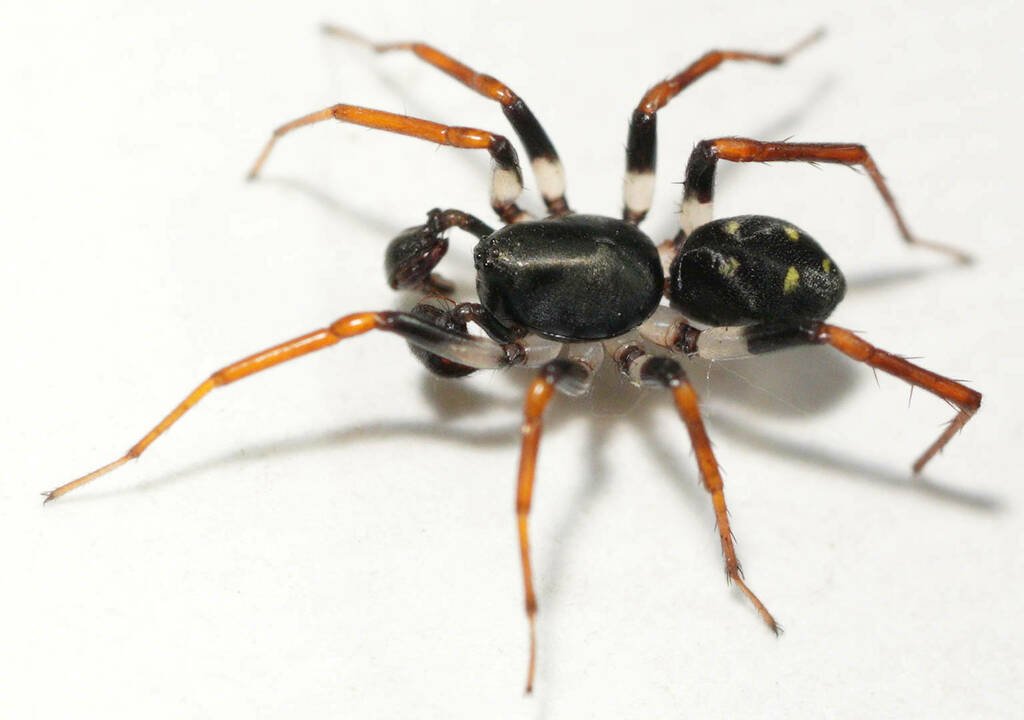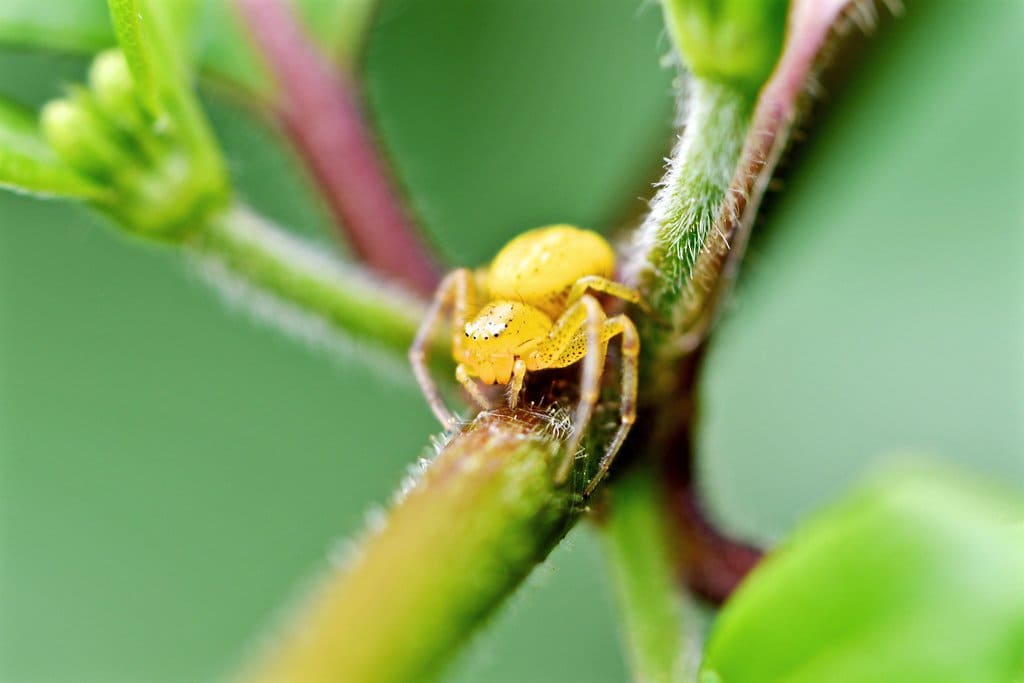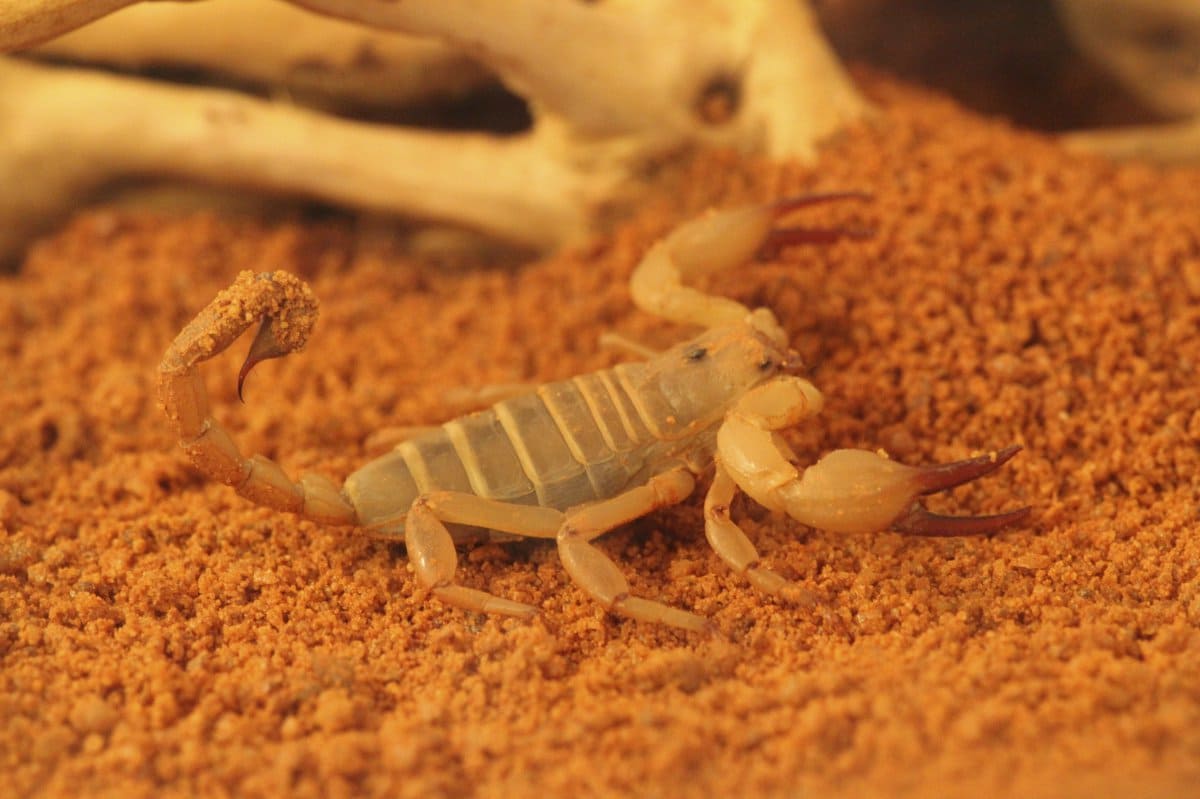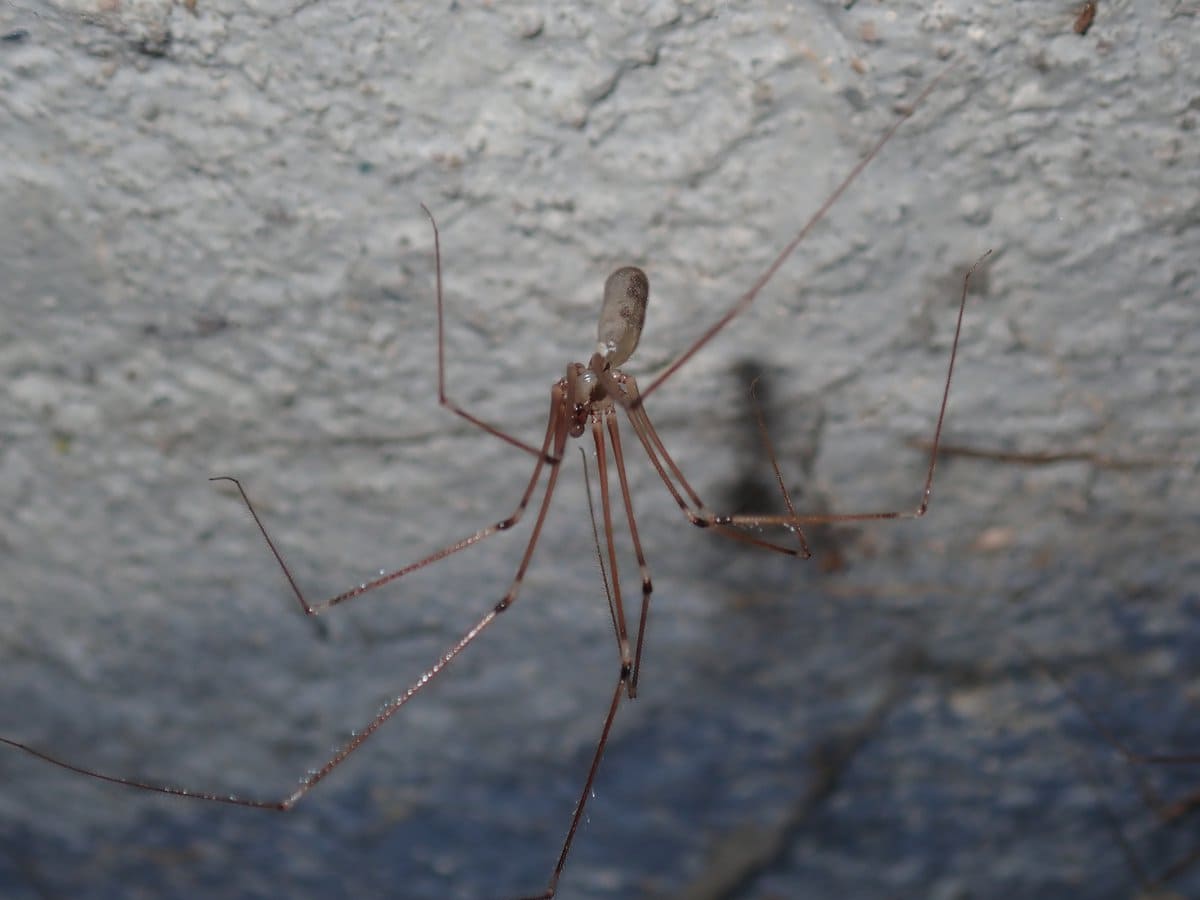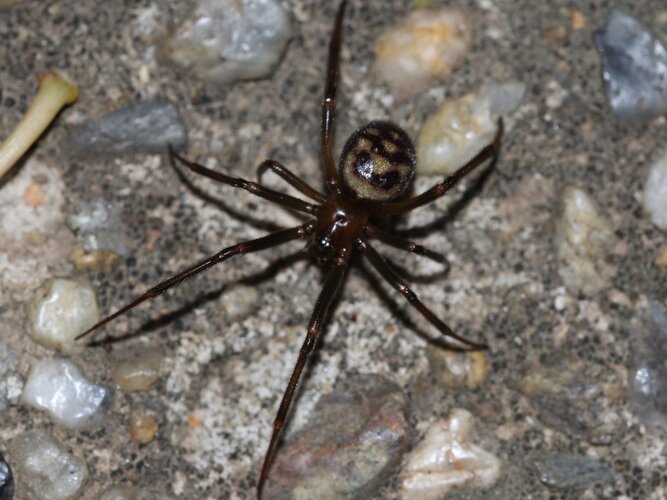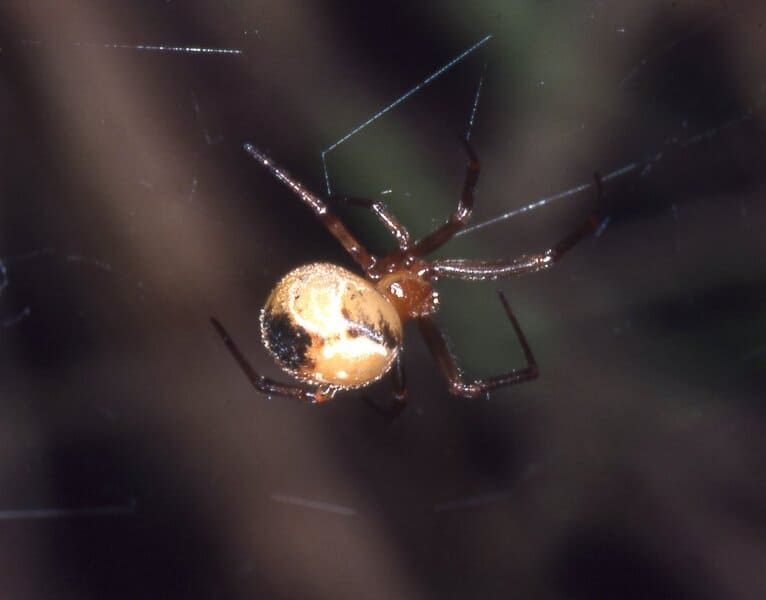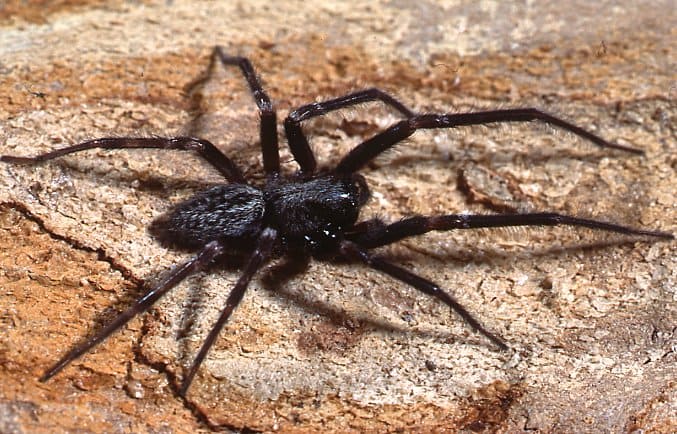Ant‑eating spiders
IUCN
LCBasic Information
Scientific classification
- name:Ant‑eating spiders
- Scientific Name:Zodariidae (e.g., Zodarion; plus some myrmecomorphic salticids)
- Outline:Arthropoda
- Family:Zodariidae Zodarion
Vital signs
- length:~2–12 mm
- Weight:Minute arthropods; variable
- lifetime:Approx. 1–2 years
Feature
Ant‑specialist predation; chemical/behavioural mimicry; stab‑and‑retreat tactics; ground‑dwelling.
Distribution and Habitat
Leaf litter, grasses, sandy soils and under stones near ant trails in tropical–temperate regions.
Appearance
Brown–black; some with ant‑like gestalt; slender legs; eight eyes.
Details
Ant‑eating spiders commonly refers to Zodariidae and related ant‑specialists showing a strong preference for ant prey. Some ant‑mimicking jumping spiders (e.g., Myrmarachne) are famed for mimicry, though not all are ant specialists.
Ecology & Biology
Prey/tactics: typically worker ants; spiders use sidestep ambush and stab‑and‑retreat to avoid mandibles/stings.
Mimicry: chemical camouflage via cuticular hydrocarbon acquisition/mimicry; foreleg waves imitate “antennae”.
Life history: mostly ground‑dwelling; webs/nests in litter, under stones or crevices; females frequently guard egg sacs.
Identification
Size: commonly ~2–12 mm body length; long, slender legs for cursorial running.
Colour: brown to black; some species with a distinct ant‑like gestalt.
Eyes: eight eyes; male palps often diagnostic in Zodariidae.
Range & Habitat
Widespread across tropical–temperate regions, frequent in leaf litter, grasses, sandy soils and beneath stones—often near ant trails/nests.
Conservation & People
Role: natural ant predators structuring ground food webs.
Safety: generally shy and medically insignificant to humans.
IUCN: group overview; most species unassessed. Marked Not Evaluated (NE) here.
FAQ
Q1. Do they eat only ants? Mostly ant‑biased but opportunistic on other small arthropods.
Q2. How do they differ from ant‑mimic jumping spiders? Salticid mimics are iconic for mimicry but not always ant specialists; many Zodariidae are more specialised ant predators.
Q3. Indoor encounters? Typically outdoor ground dwellers; gently relocate outside.
Q4. Ecological value? They help regulate ant populations and stabilise litter communities.

